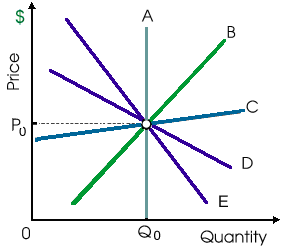At market price P0, this purely competitive industry’s characteristic firms will earn: (i) positive economic profit. (ii) negative economic profit. (iii) zero economic profit. (iv) negative accounting profit. (v) important dividends for the stockholders.

I need a good answer on the topic of Economics problems. Please give me your suggestion for the same by using above options.